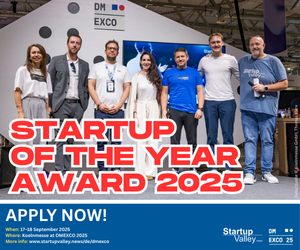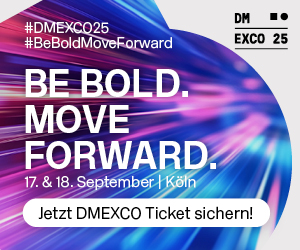In today’s competitive business world, even innovative products sometimes don’t reach their full potential because they either don’t solve the problems of their target group, or they aren’t marketed effectively.
To solve this, businesses need to focus on understanding customers through research, adjusting pricing to match their needs, making production more efficient, and building a strong brand. By implementing customer-centric strategies, companies can unlock their product’s full potential and succeed in the market.
The Danger of Building A Product No One Wants
When it comes to building a product, there is a significant risk involved in creating something that nobody wants or needs. This danger arises when businesses fail to understand their target market and develop a product without conducting proper market research.
If a product doesn’t address a genuine problem or fulfill a customer’s desire, it is unlikely to gain traction in the market. Building a product without considering customer needs can result in wasted time, resources, and financial investments.
To avoid this danger, it is crucial for businesses to conduct thorough market research and gain a deep understanding of their target audience. By identifying their customers’ pain points, preferences, and desires, companies can develop products that truly resonate with their intended consumers.
Market research helps businesses assess the demand and potential success of a product before investing heavily in its development. It allows companies to gather feedback, analyze competition, and make informed decisions about product features, pricing, and marketing strategies.
Research, Build and Test – The Foundation of Successful Product Development
When it comes to developing a successful product, there are three fundamental steps that form the foundation of the process: research, building, and testing. Each step plays a crucial role in ensuring that the final product meets customer needs and achieves market success.
Research is the initial stage, where businesses gather information about their target market, competitors, and customer preferences. Once the research is complete, the building phase begins. This is where the product concept takes shape, and the actual development work starts. Designers, engineers, and developers collaborate to bring the product to life, creating prototypes and refining the features based on the insights gained from research.
However, the development process doesn’t end with building the product. The final crucial step is testing, which involves more than just ensuring the product’s functionality and quality.
In today’s fast-paced market, it is essential to test product concepts by launching them quickly and evaluating the outcomes. This approach, often referred to as rapid prototyping or minimum viable product (MVP) testing, allows businesses to gather real-world feedback and make data-driven decisions.
By launching a simplified version of the product or specific features, companies can gather valuable insights from early adopters and target customers. This feedback helps identify strengths, weaknesses, and areas for improvement, enabling businesses to refine and enhance the product before its full-scale launch.
MVP testing allows for a more iterative and agile development process. It provides an opportunity to validate assumptions, gather user feedback, and iterate on the product concept based on real-world usage. This approach minimizes the risk of investing significant resources in a product that may not resonate with the market.
The Importance of Marketing
It’s great to know that users like a product, but focusing on marketing is equally important. At this stage, marketing becomes easier because businesses already have a clear understanding of ideal customers, their preferences, and their purchasing decisions.
This knowledge allows them to customize your marketing strategies to effectively connect with them. By targeting the ideal audience and creating messages that directly address their needs and preferences, they can reach a wider market and build stronger brand awareness.
This positions businesses to engage more customers and increase sales.
Efficiency for Accessibility and Profitability
Understanding customers and efficiently developing and marketing products not only benefits businesses but also consumers. By understanding their preferences and needs, companies can create products that truly address their concerns and provide value. This customer-centric approach enables them to optimize their product offerings and eliminate unnecessary features or costs, resulting in better prices for consumers.
Efficient product development and marketing strategies allow to streamline operations, reduce expenses, and maintain a healthy profit margin. As a result, they can offer high-quality products at competitive prices without compromising on quality. This benefits consumers by making products more accessible and appealing in the market. Ultimately, the synergy between efficient development, marketing, and pricing ensures a win-win situation for both business and the consumers.
Author
Jan Watermann is co-founder of Quote for Solar- a tech startup connecting homeowners with solar installers. As a stakeholder in multiple solar ventures, Jan is passionate about driving change in the renewable energy industry.
Statements of the author and the interviewee do not necessarily represent the editors and the publisher opinion again.



















